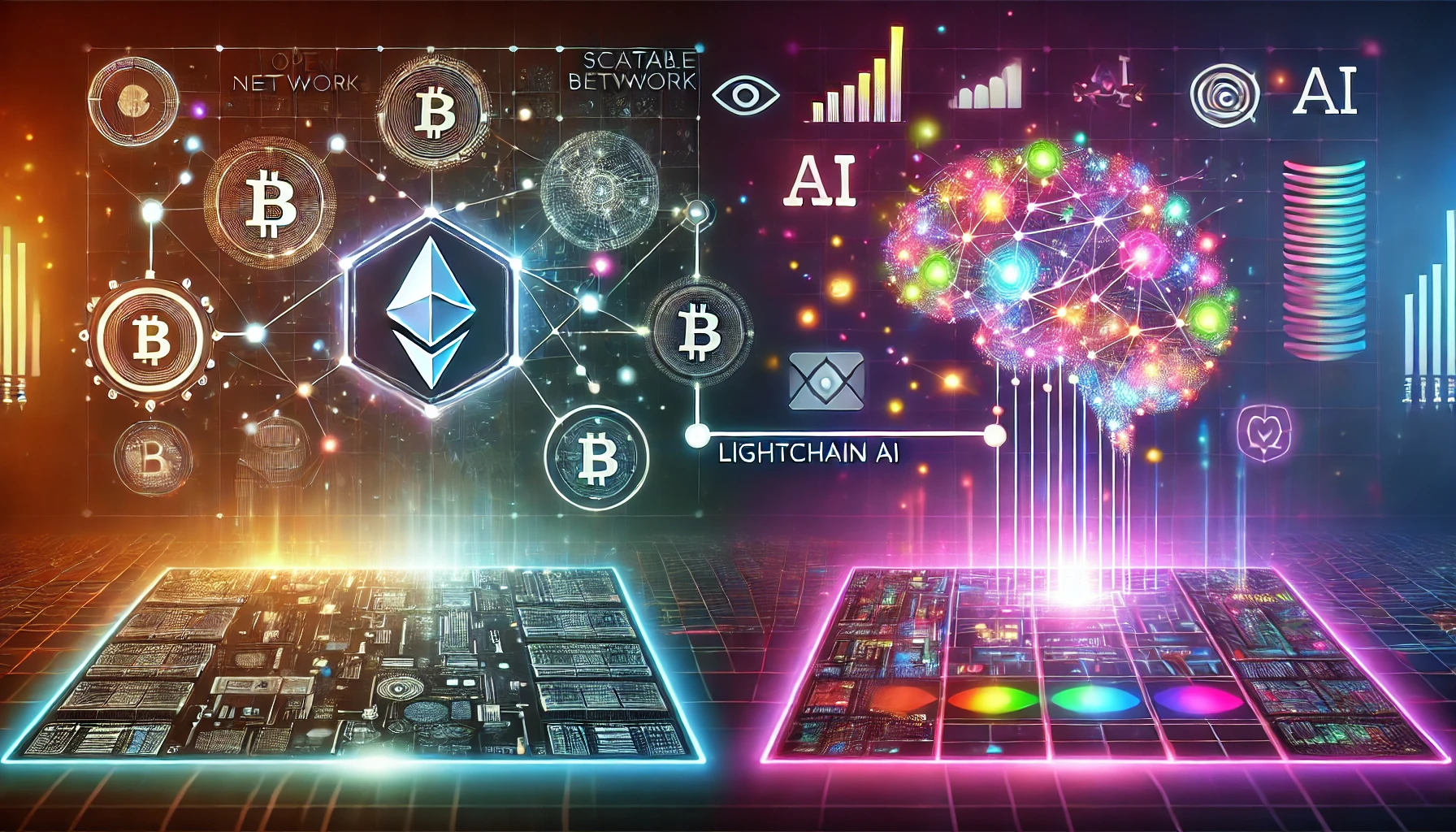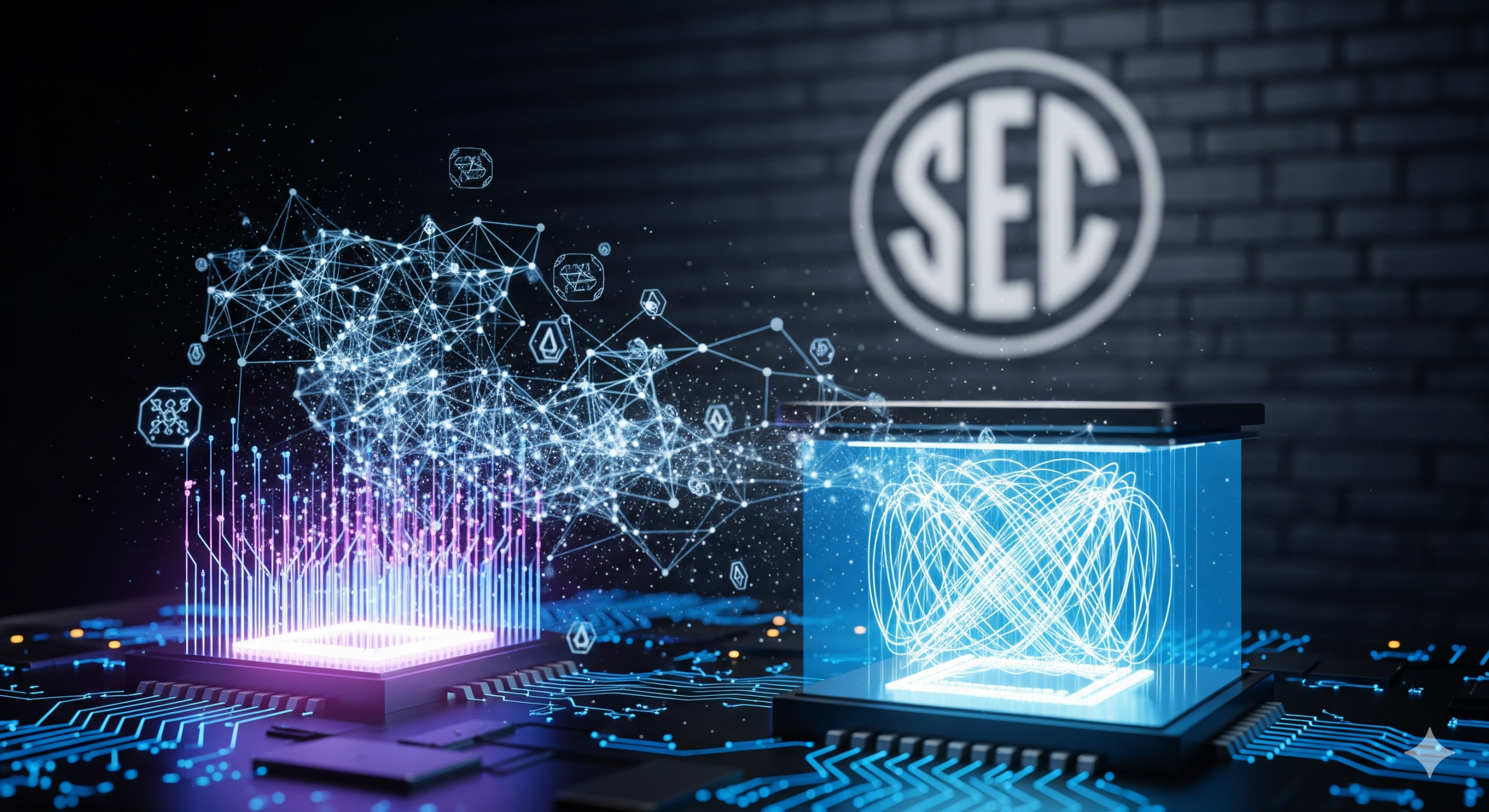As blockchain technology continues to evolve, two major players—The Open Network (TON) and Lightchain AI—are leading the charge in integrating blockchain with artificial intelligence (AI). Both projects aim to redefine the boundaries of decentralized technology, but they take distinctly different approaches to achieve their visions.
The Open Network (TON): Pioneering Scalability
Originally envisioned by Telegram, TON has positioned itself as a highly scalable blockchain. Built on a sharded architecture, it enables seamless and efficient transactions, making it an ideal platform for large-scale decentralized applications (dApps). TON’s key features include:
- Infinite Sharding Paradigm:
- TON’s architecture allows the network to scale dynamically by splitting and merging shards based on demand, ensuring optimal performance regardless of transaction volume.
- High Throughput:
- With the ability to process millions of transactions per second, TON is poised to address scalability issues that have plagued earlier blockchain systems like Ethereum.
- Developer-Friendly Ecosystem:
- TON offers robust tools and APIs, fostering innovation and enabling developers to create diverse applications on its platform.
TON’s focus on scalability and efficiency makes it a frontrunner for projects requiring high transaction speeds and reliability, such as decentralized finance (DeFi) platforms and NFT marketplaces.
Lightchain AI: Bridging Blockchain and Artificial Intelligence
While TON emphasizes scalability, Lightchain AI explores the untapped potential of merging blockchain with artificial intelligence. This unique integration aims to enhance the functionality and intelligence of dApps, paving the way for more adaptive and efficient decentralized solutions. Key highlights of Lightchain AI include:
- AI-Enhanced Smart Contracts:
- By embedding AI algorithms within smart contracts, Lightchain AI enables automated decision-making and dynamic responses to real-time data.
- Data Integrity and AI Training:
- The blockchain ensures the integrity and transparency of data, creating a reliable foundation for training AI models. This combination enhances the accuracy and trustworthiness of AI-driven applications.
- Decentralized AI Marketplaces:
- Lightchain AI supports the creation of decentralized platforms where users can buy, sell, and share AI models and datasets, democratizing access to AI technologies.
Lightchain AI’s vision of integrating AI with blockchain opens new possibilities for industries like healthcare, supply chain management, and predictive analytics.
Comparing TON and Lightchain AI
While both TON and Lightchain AI leverage blockchain technology, their priorities diverge:
A Collaborative Future?
While TON and Lightchain AI are distinct in their approaches, their advancements highlight the potential for collaboration. A blockchain ecosystem that combines TON’s scalability with Lightchain AI’s intelligence-driven features could lead to groundbreaking innovations, setting a new standard for decentralized technology.
The Open Network and Lightchain AI are not merely competitors but trailblazers in the blockchain space. Their unique strengths and innovative approaches offer valuable lessons and opportunities for shaping the next generation of decentralized technologies. As the blockchain landscape evolves, learning from these titans may well define a new era of possibilities.




